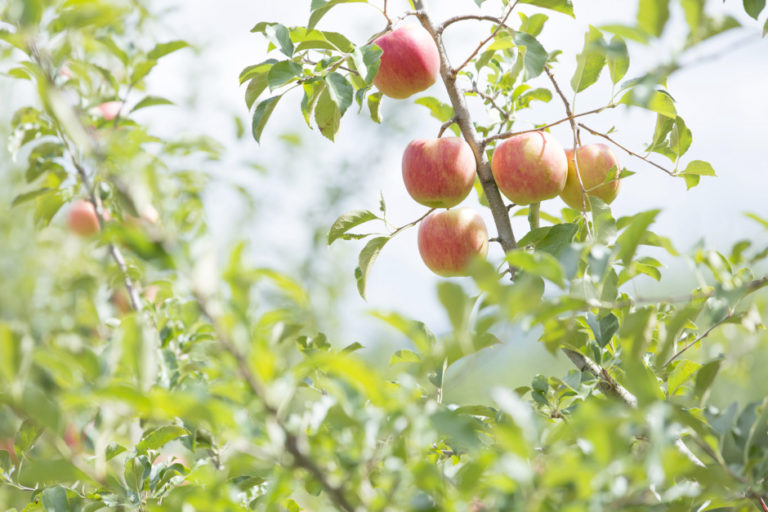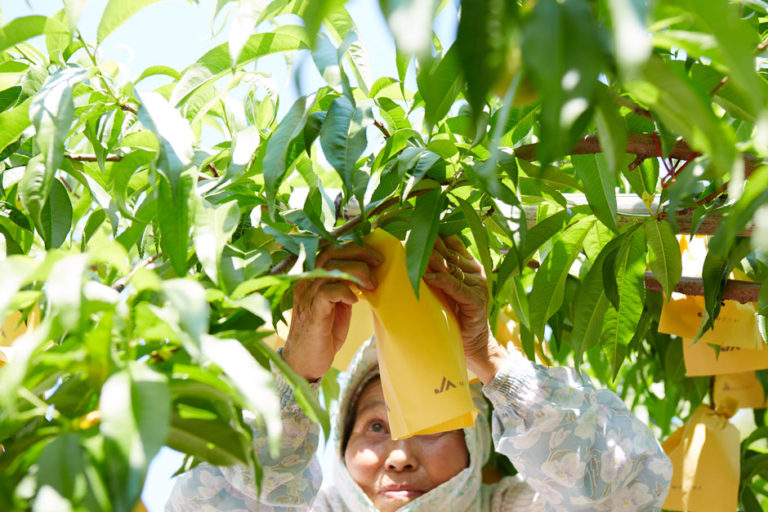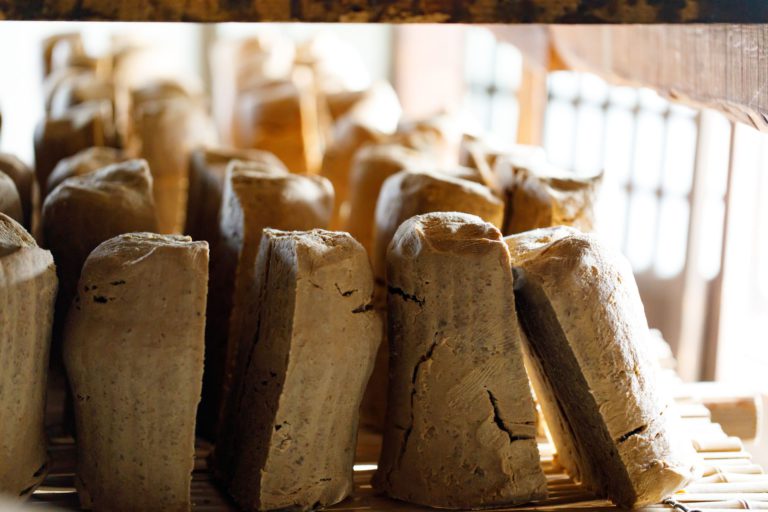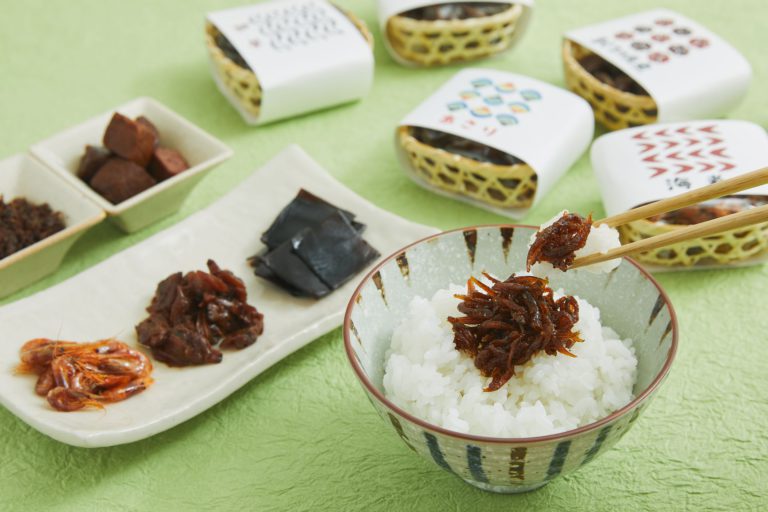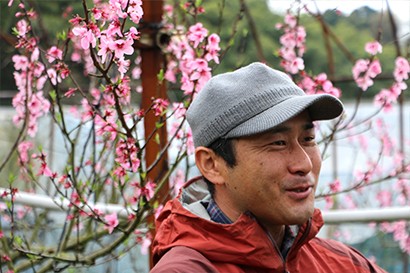Chasing a One-Month Apricot Season in Chikuma’s Mori District
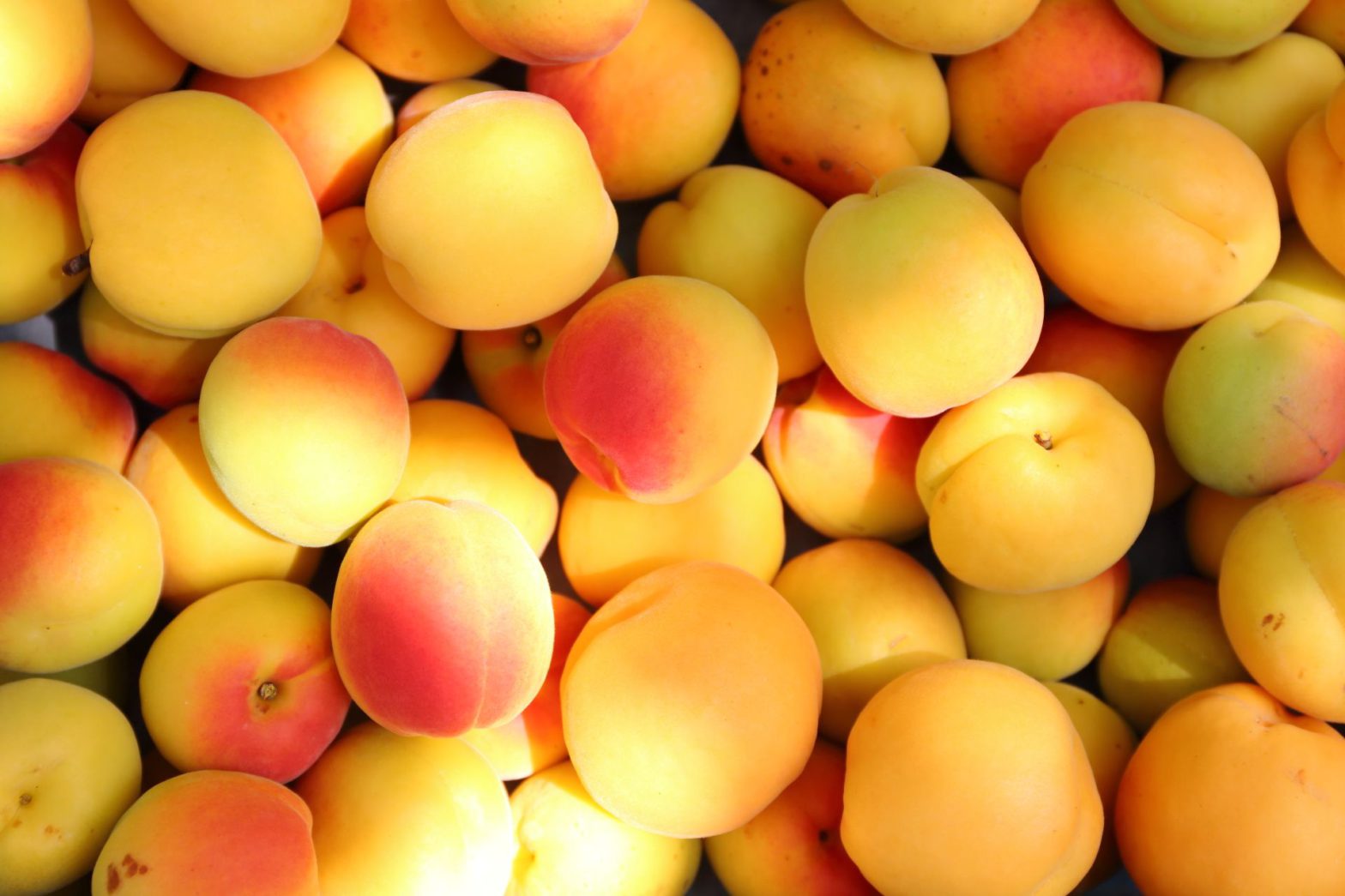
How a Princess’s Apricot Tree Became the Pride of the Town
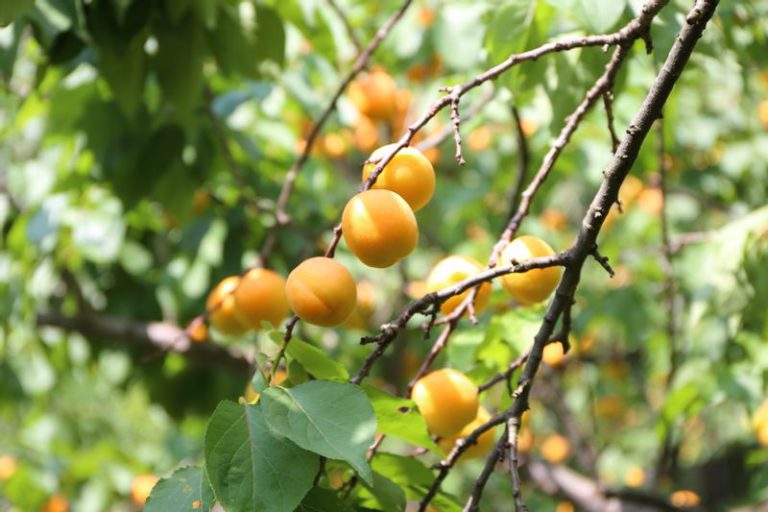
The Mori District of Chikuma is one of Japan’s leading apricot producers. According to one story, about 350 years ago, Princess Toyohime of the Uwajima Domain (present-day Uwajima in Ehime Prefecture) brought an apricot sapling with her when she married Yukimichi Sanada, the third lord of the Matsushiro Domain. It’s said that tree eventually spread across the Nagano Basin, also known as the Zenkoji-daira.
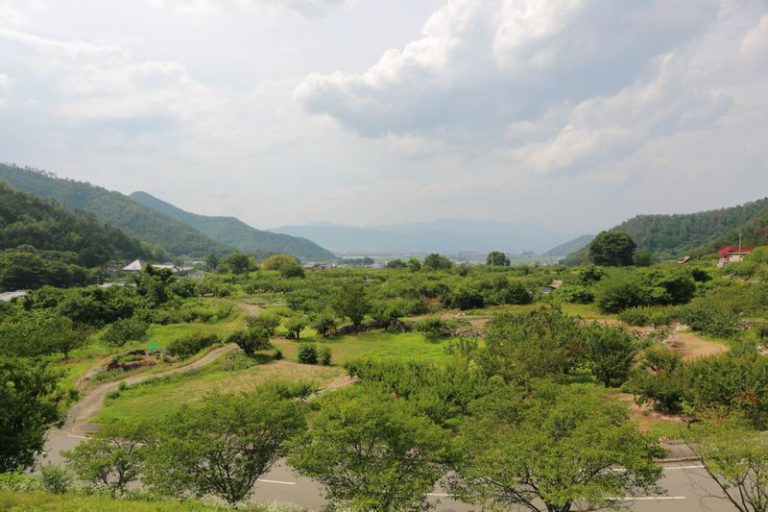
Mori District is a mountain village that sits on an alluvial fan at the foot of Mount Ubasute, not far from the Chikuma River. As an alluvial fan, the Mori District has soil rich in stones and gravel, which makes it hard for most crops to grow. Apricots, however, turned out to be a perfect match for the land.
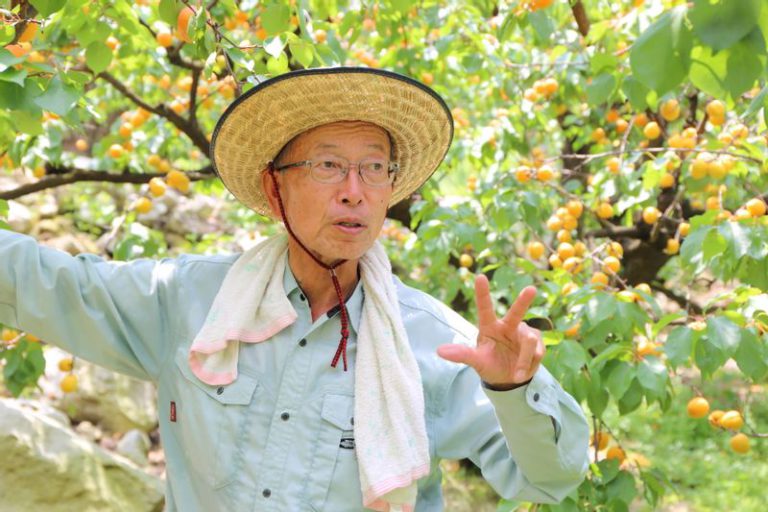
“Back when sericulture was flourishing across Japan, mulberry fields covered much of this area. But from the early 1970s, apricot cultivation started to take off. I think the soil’s good drainage and moderate rainfall really suit apricots. During the Apricot Festival, the whole town turns pale pink with blossoms. It’s a beautiful sight,” says local apricot farmer Shuji Kondo. With an unusually abundant harvest this year, he found himself busier than ever and in need of every extra pair of hands.
The Apricot Season Lasts Just One Month
Compared to other fruit trees, apricots have a much shorter harvest window. The trees bloom from late March to April, followed quickly by thinning work in April and May. By mid-June, the fruit has grown large enough to pick, and the entire harvest must be completed within about a month by around mid-July. That tight timeline makes it an especially busy season for farmers.
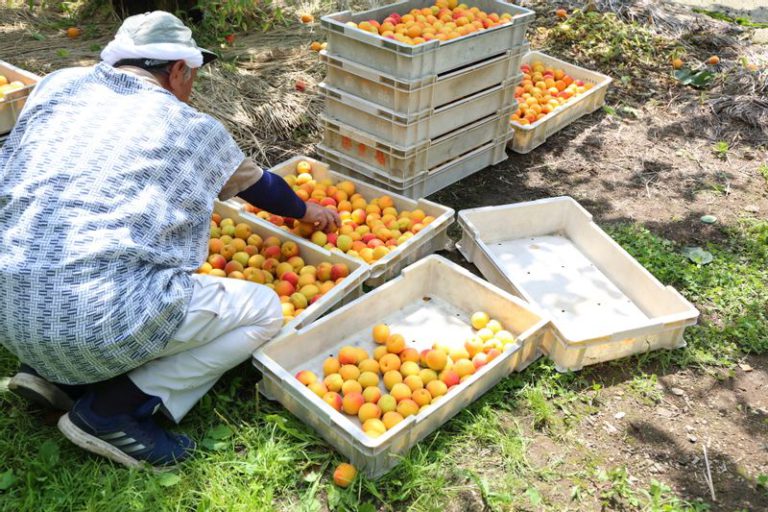
“This year’s yield was so large that we had to rush both thinning and harvesting more than usual. If thinning isn’t finished by around May 20, the seeds harden and the fruit stops growing.”
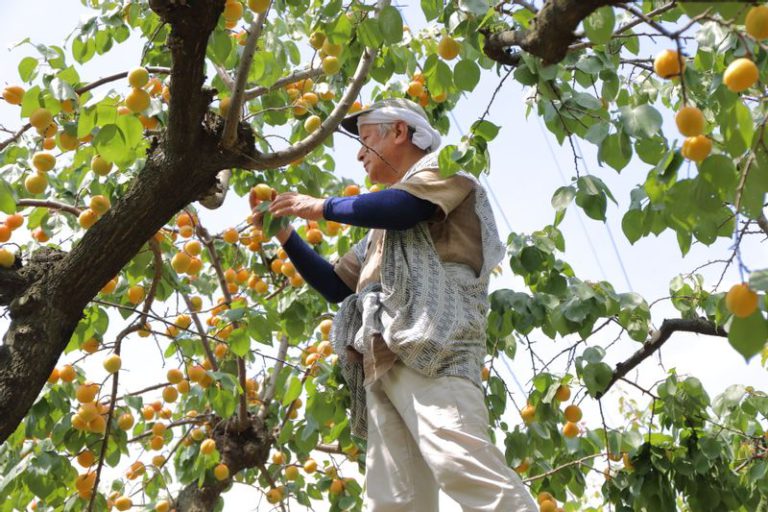
The abundant harvest this year was largely thanks to the lack of late frost in April. Normally, temperatures can drop to minus 2–3°C (27–28°F), which damages some of the fruit. This year, however, the temperatures stayed high enough to avoid that damage.
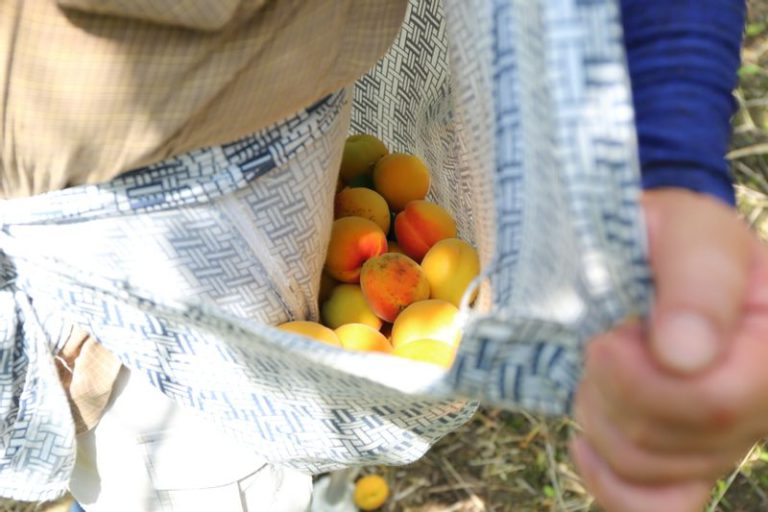
As you enter the Mori District, apricot trees appear on both sides of the road and beside every home. We visited in early July, when most of the flatland orchards had already finished harvesting. But in the hillside orchard owned by Mr. Kondo, the trees were still filled with bright orange fruit. His friends had come to help with the harvest, wearing unlined cotton summer clothing known as yukata, with the sleeves cut short, and picking the fruit by hand, dropping them into cloth sacks tied across their backs. This is the traditional style of apricot harvesting in the area.
Enjoy Apricots Fresh or Preserved, with a Range of Varieties
While we tend to think of apricots as a single fruit, their flavor and texture can vary widely depending on the variety. Though often associated with jams and preserves, Nagano Prefecture has also focused on developing types that are delicious when eaten fresh. Mr. Kondo grows several different varieties in his orchard and kindly showed us each of them.
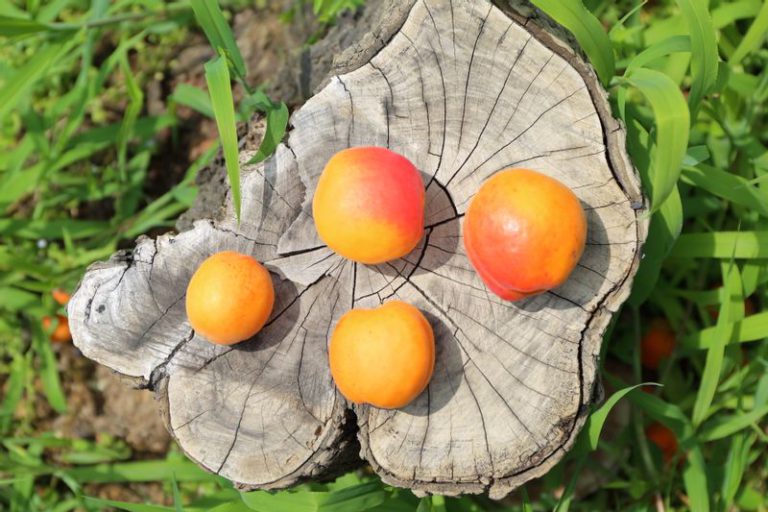
“On the far left is Shinzanmaru, a premium variety developed in Nagano. It’s small but firm, with a nice balance of tartness and sweetness, and is popular with Western-style confectionery shops. Just below it to the right is Showa, a variety that originated in Chikuma in the early Showa period (1926–1945). It’s quite tart, so it’s often used for jam or dried fruit. The slightly reddish apricot in the upper center is Shinshu Oomi. Oomi means ‘large fruit,’ so just as the name suggests, it’s a large-fruited variety developed in Nagano, with a good balance of sweet and sour, and can be eaten fresh when fully ripe. On the far right is Harcot, a Canadian variety that’s especially sweet, making it perfect for eating fresh.”
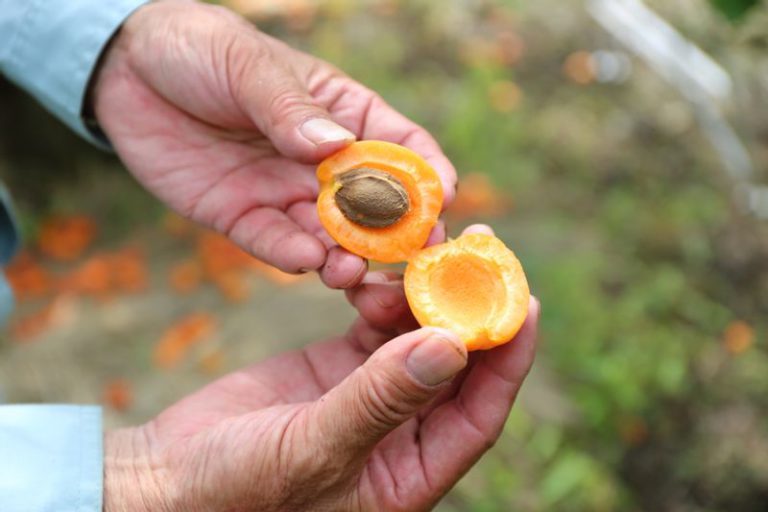
“Try one,” Kondo said as he handed over an apricot. If you place your thumbs along the seam running down the fruit and pull gently to the sides, it splits cleanly in half. The varieties suited for processing are indeed more tart and have a firmer texture, while the fully ripe Harcot tastes sweet and juicy, almost like a plum.
“They’re good fresh, aren’t they? Apricots don’t often show up in supermarkets, and with such limited production, they’re still not very well known. But I really hope more people get a chance to try them. I have yogurt with apricot jam after every meal.”
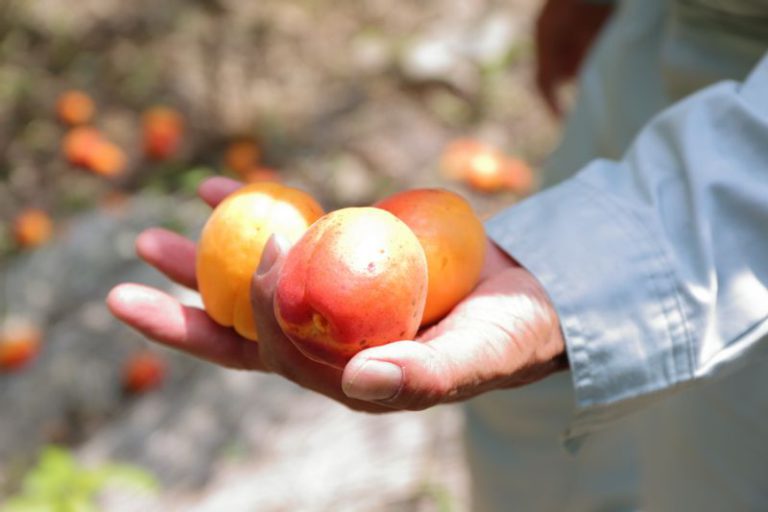
During the season, fresh apricots are sold throughout Chikuma, and you can also enjoy treats like apricot bread, smoothies, and sweets. If you’re visiting Nagano in early summer, this is the perfect time to explore the Apricot Village in full bloom.
Apricots in Chikuma, Nagano
Source:Apricot Farmer: Shuji Kondo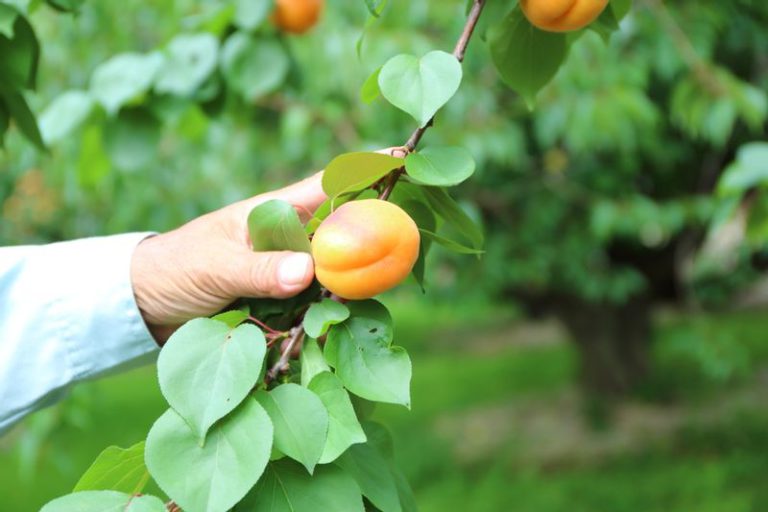
Peak Season
Mid-June to mid-July
Tips
Choose fruit with smooth, taut skin and a reddish-orange color. A pleasant aroma is another good sign of ripeness.
How to enjoy them
When enjoying them fresh, chill and eat as is. Tart varieties are excellent for jam or fruit sauces.

